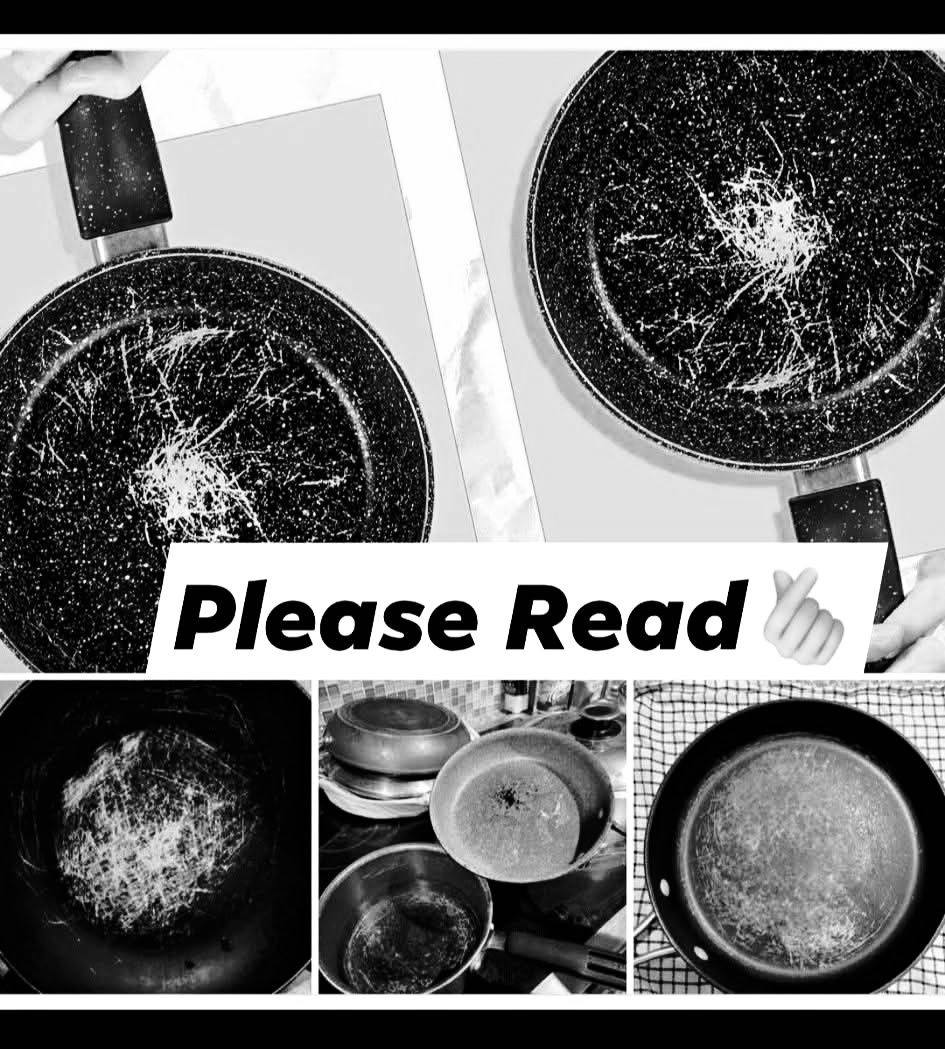ADVERTISEMENT
The Concern with Broken Coatings: 2 Million Particles?
The more concerning claim is that a broken non-stick coating can release over 2 million microplastic particles. This is likely an exaggeration or a worst-case scenario, but it is true that once the coating of a non-stick pan begins to flake off completely, it becomes a potential source of harmful particles.
The damage to the pan usually occurs from using metal utensils, abrasive cleaning tools, or heating the pan to temperatures higher than recommended (generally over 500°F or 260°C). At high temperatures, PTFE can degrade and release toxic fumes, including perfluorooctanoic acid (PFOA), which has been linked to health concerns. This breakdown could also contribute to the release of microplastics.
However, it’s important to note that the risk of harmful effects from consuming or inhaling these particles is still under investigation, and further studies are needed to understand the long-term impact. Nonetheless, experts advise against using heavily damaged non-stick cookware.
Potential Health Risks of Non-Stick Pans
While microplastics in non-stick pans are a cause for concern, the greater issue lies in the potential for toxic fumes when the pans are overheated. At extremely high temperatures, PTFE can break down and release chemicals that can cause flu-like symptoms in humans, known as polymer fume fever. In rare cases, it can be fatal to birds. This is why it’s essential to follow temperature guidelines and avoid overheating your non-stick pans.
Additionally, while PTFE itself is considered safe under normal cooking conditions, earlier generations of non-stick coatings were made with PFOA, a substance that has raised concerns due to its potential links to cancer and other health issues. However, most modern non-stick pans are now made without PFOA.
How to Safely Use Non-Stick Cookware
To minimize the risks associated with non-stick cookware and extend the lifespan of your pans, here are some safety tips:
- Avoid High Temperatures: Never heat your non-stick pans above the recommended temperature (usually 500°F or 260°C). Use medium or low heat whenever possible.
- Use Non-Metal Utensils: Avoid using metal utensils like forks or knives that could scratch the non-stick surface. Opt for silicone, wood, or plastic utensils instead.
- Proper Cleaning: Clean your non-stick pans with soft sponges or cloths. Avoid using abrasive scrubbing pads that could damage the coating.
- Inspect Regularly: If your non-stick pan shows significant signs of damage or wear, it may be time to replace it to avoid potential health risks.
Alternatives to Non-Stick Pans
If you’re concerned about the potential risks associated with non-stick cookware, there are alternative options available:
- Stainless Steel Pans: These are durable, versatile, and free of any harmful coatings. They do require a bit more oil or butter to prevent sticking, but they offer excellent cooking results.
- Cast Iron Pans: With proper seasoning, cast iron pans develop a naturally non-stick surface. They are long-lasting and can be used on high heat.
- Ceramic Coated Pans: Some ceramic pans offer a non-stick surface without the use of PTFE or PFOA, making them a popular alternative.
- Enamel-Coated Cast Iron: These pans offer the benefits of cast iron without the need for seasoning and are easy to clean.
Conclusion
While it is true that non-stick pans can release microplastic particles when scratched or damaged, the risks associated with using these pans are generally low if they are well-maintained and used properly. However, if your non-stick pan becomes severely damaged or worn, it may be time to replace it to avoid any potential health risks.
For those who prefer to avoid these concerns altogether, exploring alternatives like stainless steel, cast iron, or ceramic-coated pans can be a great solution. Whatever your choice, ensuring your cookware is in good condition is key to safe cooking!
ADVERTISEMENT
